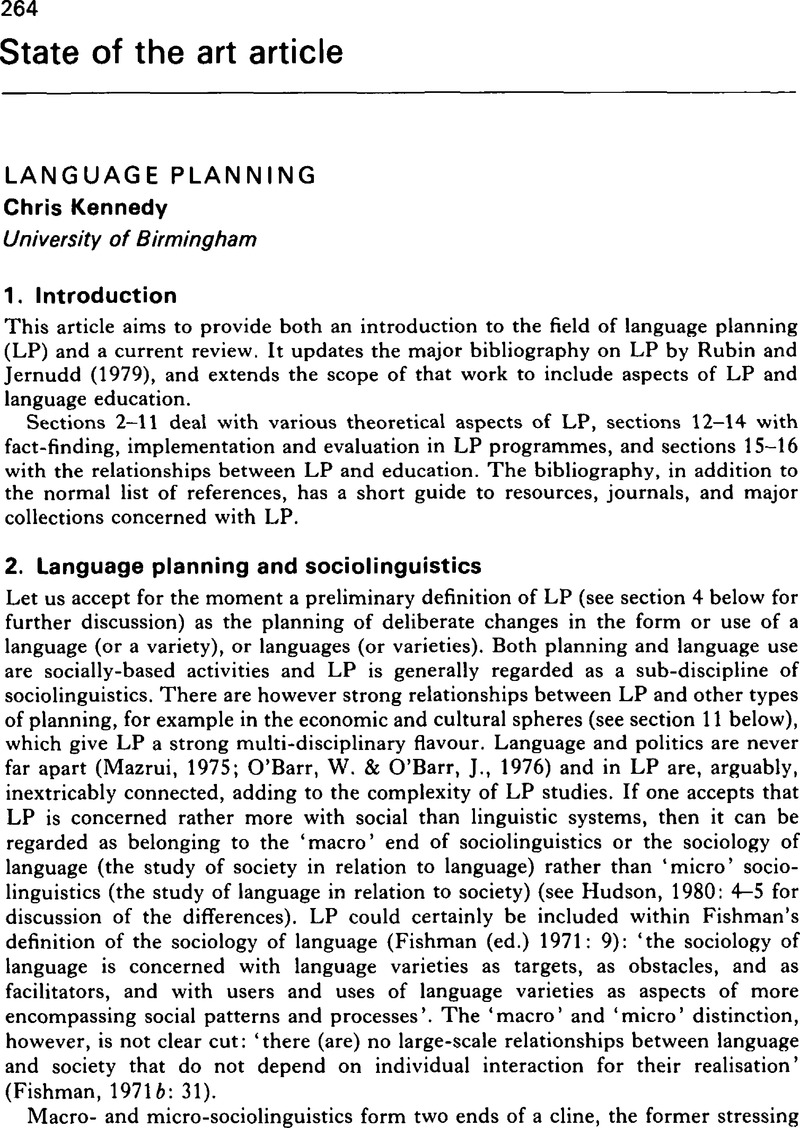Crossref Citations
This article has been cited by the following publications. This list is generated based on data provided by Crossref.
DU PLESSIS, L. T.
1985.
The state of the art of language planning in south africa.
South African Journal of Linguistics,
Vol. 3,
Issue. sup2,
p.
1.
MARKEE, NUMA
1989.
ESP within a new descriptive framework.
World Englishes,
Vol. 8,
Issue. 2,
p.
133.
Markee, Numa
1992.
The Diffusion of Innovation in Language Teaching.
Annual Review of Applied Linguistics,
Vol. 13,
Issue. ,
p.
229.
Dushku, S
1998.
ELT in Albania: project evaluation and change.
System,
Vol. 26,
Issue. 3,
p.
369.
Fessha, Yonatan T.
2022.
What language in education? Implications for internal minorities and social cohesion in federal Ethiopia.
International Journal of Multilingualism,
Vol. 19,
Issue. 1,
p.
16.
LEHMAN, Clayton
2023.
Language Policy in English-Medium International Schools: Transparency, Policy Cycle, and Implications.
Asya Öğretim Dergisi,





